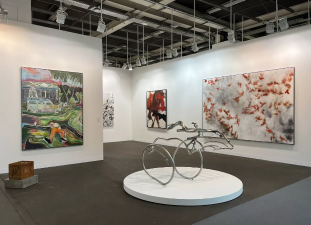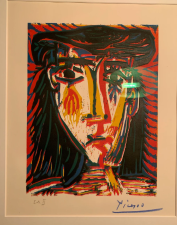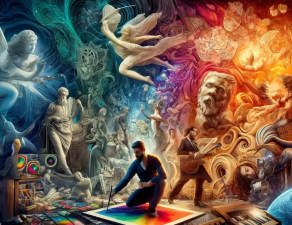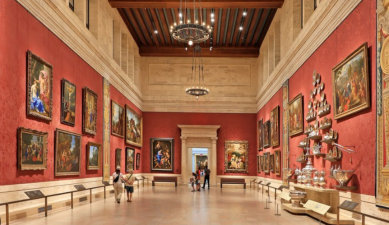Banksy’s New Piece Sparks Political Debate Again
Banksy is an anonymous British graffiti artist. His street art often incorporates satire, subversive, irreverent black humor, and acerbic wit. Most of his graffiti is created using a unique stenciling technique. His work, imbued with a strong political tone and a form of social commentary, has appeared on streets, walls, and bridges in cities around the world, even becoming a captivating part of local cityscapes.
Banksy is an anonymous British graffiti artist. His street art often incorporates satire, subversive, irreverent black humor, and acerbic wit. Most of his graffiti is created using a unique stenciling technique. His work, imbued with a strong political tone and a form of social commentary, has appeared on streets, walls, and bridges in cities around the world, even becoming a captivating part of local cityscapes.
This street artist is known for his street installations, often replacing world-famous works with his own altered imitations in art galleries across the UK, often causing media sensations.
Banksy is also one of the most enigmatic artists. When appearing in public, he wears a hood to conceal his face. This has always been a source of intense curiosity about his true identity.
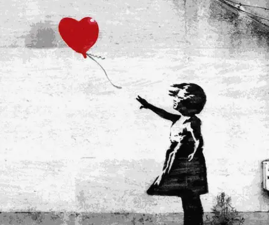
Testing the Edge of Danger, Testing the Edge of Madness
Although he has never appeared in public, Banksy is a true activist. His street art is full of satire, deconstructing serious sociopolitical issues into cynical graffiti symbols accompanied by short, playful, and darkly humorous slogans.
In Banksy's view, graffiti is the most egalitarian art form, with no rules of entry; anyone can express their feelings on any wall, anywhere in the city. Banksy once adapted a classic scene from Quentin Tarantino's "Pulp Fiction" onto the exterior of Transport for London, replacing the guns held by the two actors with bananas.
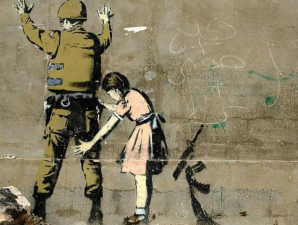
He once created a series of parody £10 notes, featuring the Queen's portrait replaced with Princess Diana and "Bank of England" replaced with "Banksy of England." At that year's Notting Hill Carnival, someone took these large stacks of banknotes and began "throwing money" into the crowd. Some who found the "money" attempted to spend it at local shops, a real prank by Banksy. "The wall is a powerful weapon."
Banksy's graffiti walls can be found around the world, and many of his works have been used as prototypes for trendy sculptures, inheriting his signature cynicism. He simplifies complex social issues into visual elements, seemingly humorous and ironic, but in reality, he prompts viewers to reflect on the underlying seriousness of human nature and political discourse.
The original mural for "Girl with Balloon" is located in a poor area of London. It depicts a young girl reaching toward a red heart-shaped balloon about to be blown away by the wind, a symbol of childlike innocence and hope, calling on society to protect vulnerable hopes.
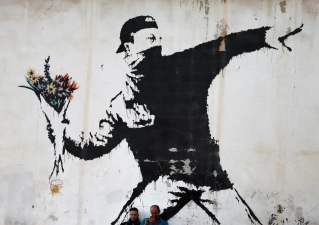
The original mural for "Flower Thrower," mentioned repeatedly in Banksy's book "Wall and Piece," is one of his most famous images. The bouquet replaces the Molotov cocktail, creating a striking contrast between the vibrant bouquet and the black and white portrait, the flowers and the violent gestures, creating a highly charged tension. Furthermore, Banksy's intention to paint it on the streets of Jerusalem makes his intention clear: a call for peace.


